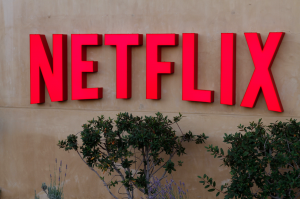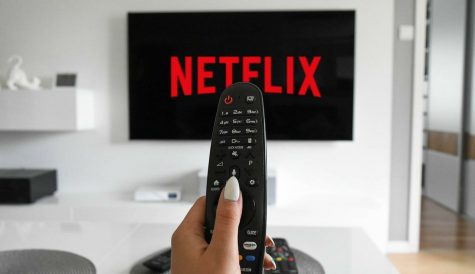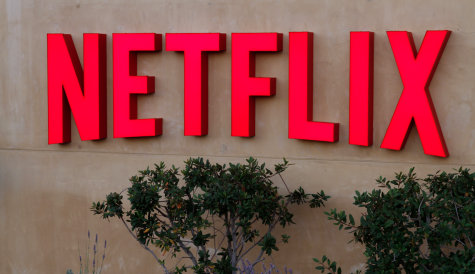
After more than 40 years of operation, DTVE is closing its doors and our website will no longer be updated daily. Thank you for all of your support.
Netflix’s moment of respite
Netflix’s latest results this week provided a moment of respite a company whose star has fallen of late. Net subscriber losses for the second quarter came in at 970,000, a much lower figure than the company’s own estimate of two million down.
Netflix’s stock rose on the news, although its share price remains well below the highs of a year ago. That the net loss of close to a million customers is seen as good news is a sign of how far Netflix’s fortunes have plummeted.
CEO Reed Hastings has admitted that the company now faces a much more intensely competitive landscape. Consumers face a large and still growing range of choices when it comes to streamed entertainment. Disney+ has made massive headway since its launch, while Amazon’s combination of a large and expanding video offering with fast-track delivery of retail goods is compelling for many.
Local players in some markets are beginning to gain ground. Viaplay this week unveiled its own quarterly numbers, with stellar growth in the markets in which it has launched outside its core Nordic region.
Other streamers face their own challenges. Warner Bros. Discovery has slammed the brakes on the global rollout of HBO Max, halting production of originals in the Nordics and CEE and announcing longer term plans for a rollout combining HBO with Discovery+ in France.
Not only is the SVOD sector become more competitive. The growth in advertising-supported streaming has also been impressive, with a land-grab currently underway to win distribution for FAST offerings. AVOD and FAST services are upping the quality as well as the quantity of content available and may present a compelling proposition for increasingly hard-pressed consumers, hit by inflation, exploding energy costs and falling living standards.
Netflix, which led the streaming revolution, is taking several steps to address some of the challenges it faces.
First, it has given way on advertising. The company recently signed up Microsoft as its technology partner for its planned ad-funded tier and reportedly began talks to renegotiate some content supply deals to incorporate advertising, which should help it to retain customers who might otherwise drop the service because of cost concerns.
This week Netflix also introduced an ‘add a home’ feature in five countries to tackle account sharing – a measure that some fear could alienate those same subscribers who are feeling the pinch from the economic downturn.
The question remains whether these measures will be sufficient to re-establish Netflix as the unquestioned streaming leader. In many respects the company has shown itself more resistant to changing the script than its rivals. Late to the party in terms of introducing an ad-supported tier, it also remains wedded to the binge model of consumption where others have increasingly sought to move to the episodic release of key titles. It doesn’t offer sports – the presence of which has fuelled the growth of Viaplay and which is a key element in the strategy of Warner Bros. Discovery and Amazon. Reed Hastings continues to predict the death of linear TV, while other streamers seek to incorporate linear into their overall proposition.
The appeal of titles such as Stranger Things and Squid Game notwithstanding, Netflix’s content strategy also often seems to lack the kind of cohesive feel that underpins the success of Disney+ and its various sub-brands.
The streaming world is undergoing rapid change. Ironically, the direction of that change is turning big-name streamers into something more akin to traditional pay TV operators who combine their own original content with aggregated third-party services. That direction of travel is likely to be accelerated by the economic challenges currently facing the developed world, as consumers cast a more critical eye over services they spend money on.
Increasingly, it seems that the long-term impact of streaming could be to de-couple the role of the aggregator from the network infrastructure traditionally associated with that role. While broadband service providers and some legacy pay TV players have successfully adopted the super-aggregator model, companies like Amazon are also now aggregators of their own and third-party sources of content. As others look to sports, linear and hybrid subscription and ad-funded models, that trend is likely to continue.
It would be foolish to count Netflix out on the basis of one mis-firing year. But the instigators of the original streaming revolution need to beware they don’t start to look increasingly like the new ancien regime.


